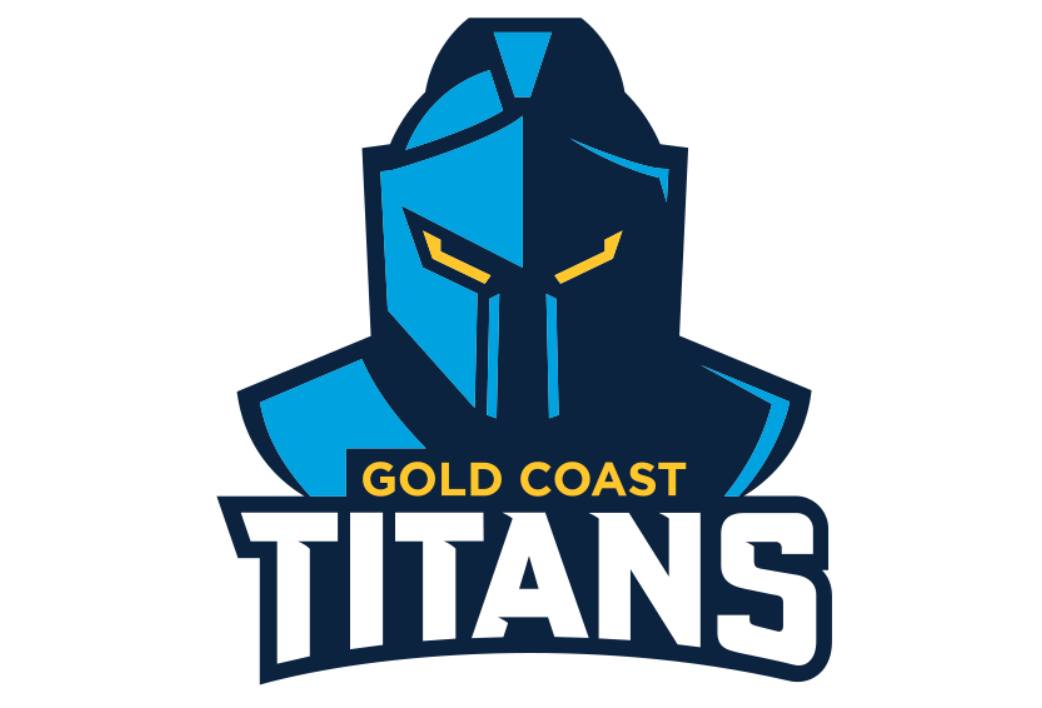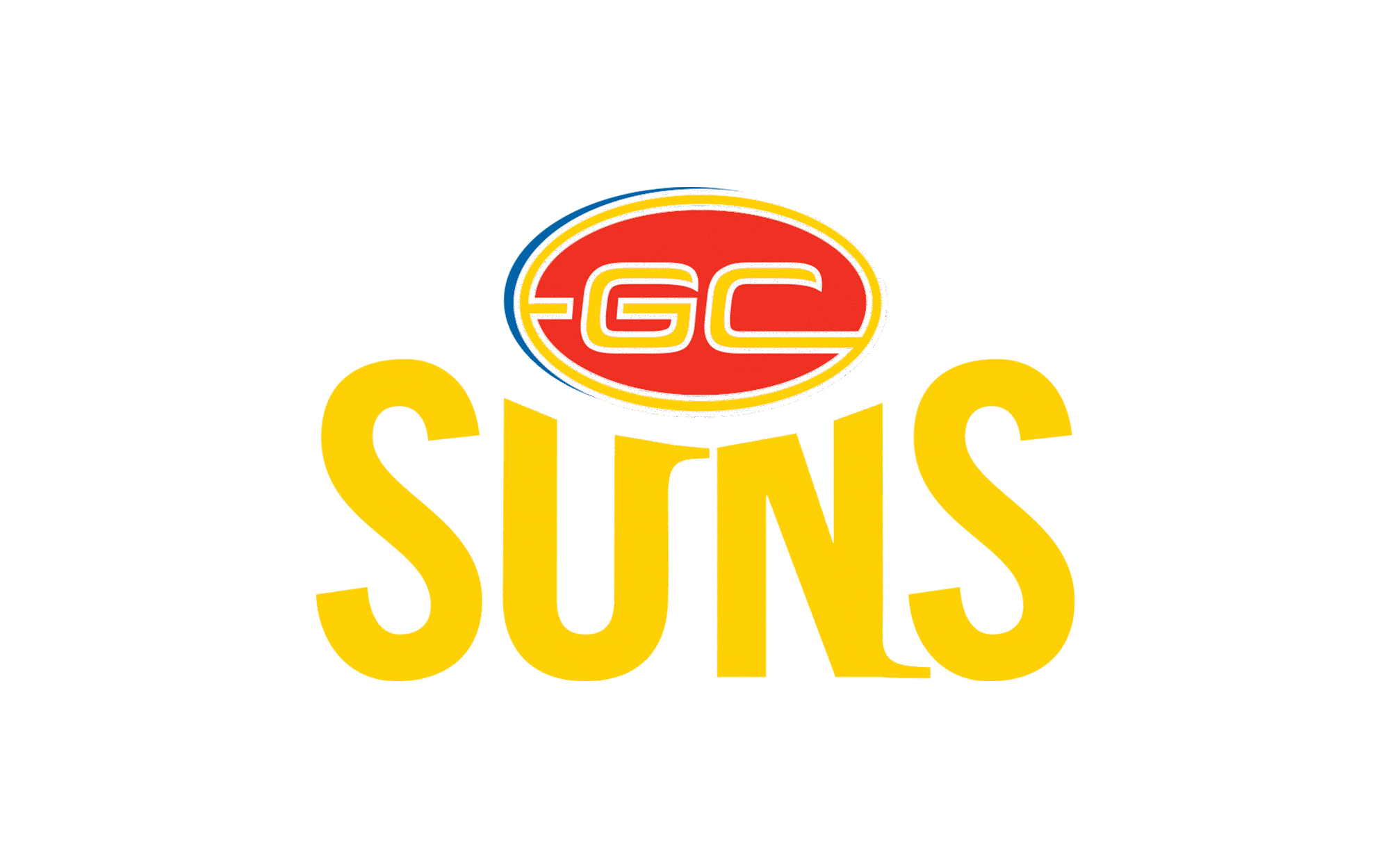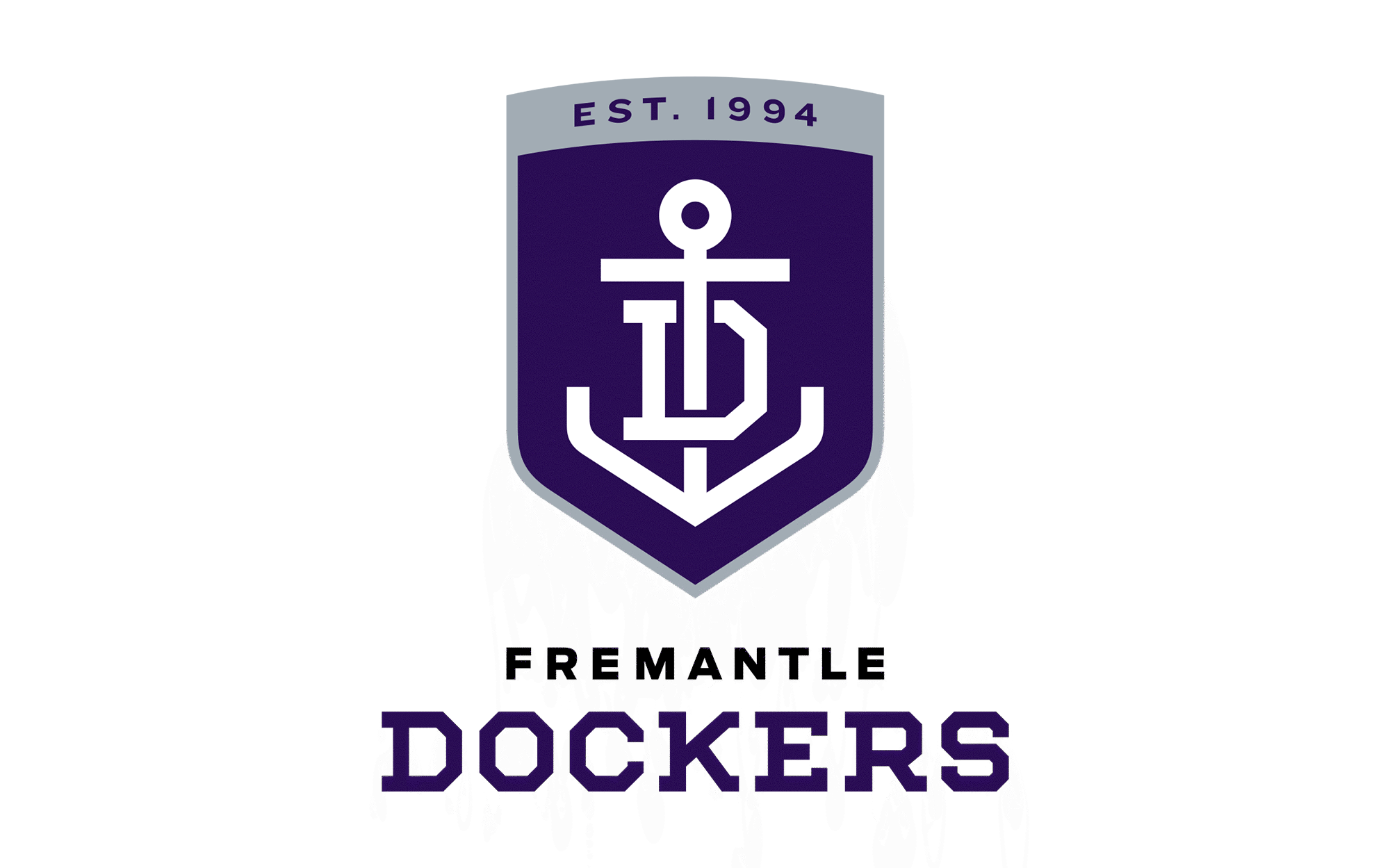The Athletic, The New York Times and the future of fan media.
The Athletic, The New York Times and the future of fan media
In early January 2022 The New York Times Company, publisher of one of the world’s most renowned newspapers, confirmed a $550 million all-cash agreement to buy The Athletic, an ad-free online sports subscription publication that launched in 2016.
At its core, the takeover is a story about news media and the solutions old and startup businesses sought to deliver readers and profits. However, in a purely sports-based context, it could carry lessons in how fans are presented with and consume content about their favourite teams.
The concept behind The Athletic, which primarily distributes long-form features and podcasts, was based on two hypotheses. One was that many sports fans had developed siloed interests – they were spending more time engaging with content about their own teams, and were more discerning in how they spent it there than with generalist coverage. The other was that the collapse in local news media in the US had left a gap in the sports market, with fewer reporters on specific team beats.
That may be incidental to The New York Times’ motivations. It has explained its acquisition in terms of an increase in subscriber numbers: it has targeted ten million paying subscribers by 2025 and currently has eight million; The Athletic has 1.2 million.
The deal was rumoured throughout 2021. Betting providers FanDuel and DraftKings were also named as potential buyers as Athletic founders Alex Mather and Adam Hansmann sought fresh investment. Nonetheless, while The Athletic’s operations in the US and the UK have expanded rapidly in the last five years – the company employs 600 staff, including 400 journalists – its business model is unproven. It turned over around $65 million last year but made a loss of $55 million as it pursued an aggressive, venture capital-backed growth strategy.
Still, with The Athletic set to run independently of its new owner for now, its project will continue in its current vein. Many of the questions it faces will resonate across sports media and marketing as well. It remains to be seen where its offering will settle alongside official and independent club outlets for leading teams, whether those are free or supported by payment options like Patreon.
Powerful community dynamics can be a significant driver of engagement but subscription charges, and the share of wallet they represent, inevitably inspire different expectations. Where elements like shareable user-generated content are paramount on social-led platforms, quality and specificity become definitive once a fee is involved. For some fans, a media outlet’s own brand might carry a competing appeal as well.
All of this, combined with the cost that comes with producing premium content, explain why a company like The Athletic is drawn to networked scale. Once the celebrations of this latest step die down, its vision will face its most compelling test so far.
Subscribe to our newsletter to receive the latest news and exclusive offers. No Spam!
Thankyou.
We’ll be in touch shortly.



